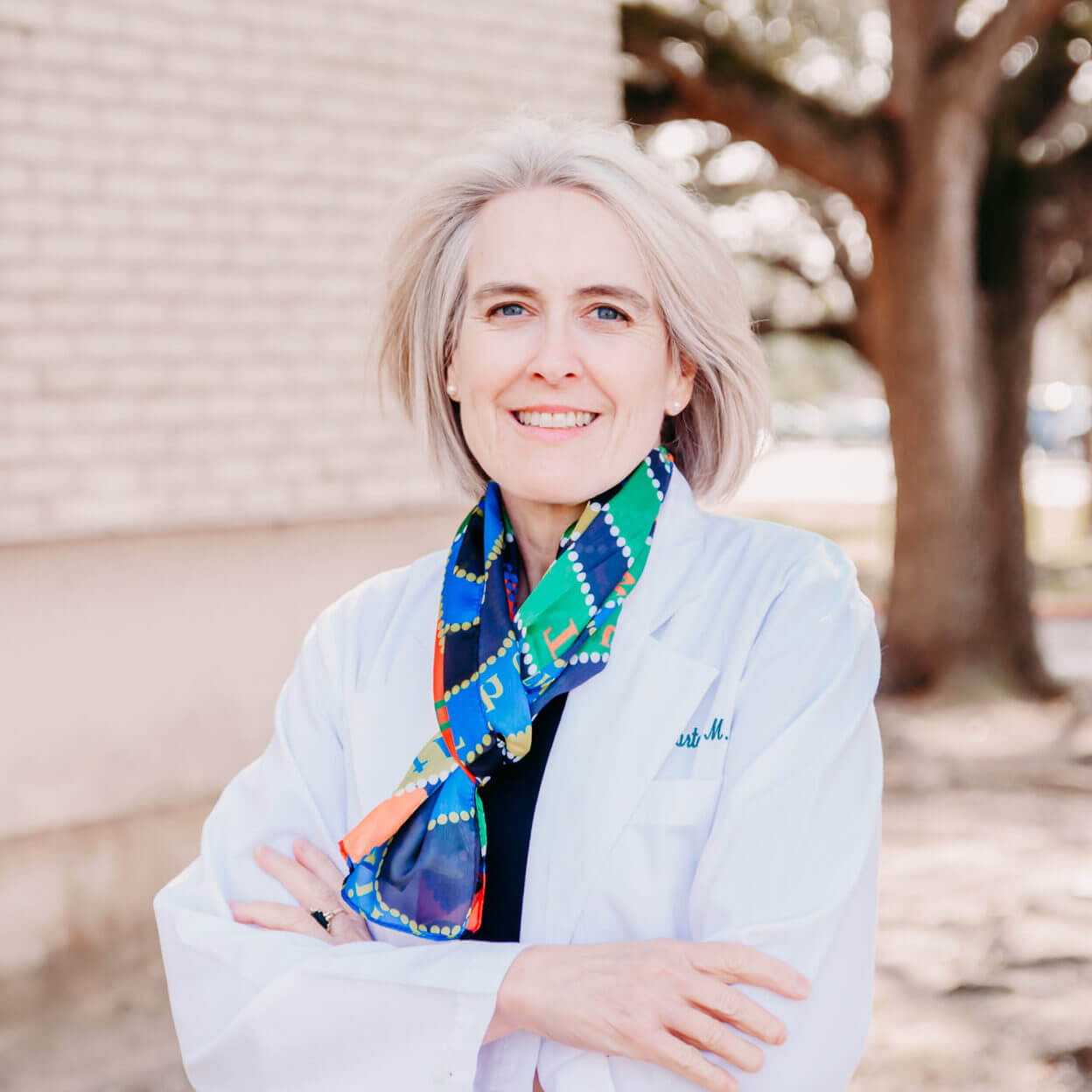Belinda “Sissy” M. Sartor, M.D
Reproductive Endocrinologist and Fertility Specialist
Dr. Sartor is no longer scheduling new patient appointments.
Clinic Locations
Read my reviews

Why I’m Here For YOU
“Each patient has their own story and special challenges related to their infertility, and I am on that journey both as a guide and a cheerleader. We slay the dragon of infertility … together!”
About Belinda “Sissy” M. Sartor, M.D.
Dr. Sartor is no longer scheduling new patient appointments.
Dr. Belinda “Sissy” M. Sartor has been part of The Fertility Institute of New Orleans since 1998. She specializes in reproductive endocrinology and infertility, including fertility preservation like egg freezing and oncofertility (preserving fertility before cancer treatments). Her dedication led to her joining the ASRM special interest group for fertility preservation. Dr. Sartor also has extensive experience with preimplantation genetic testing (PGT) and infertility stemming from conditions like polycystic ovary syndrome (PCOS).
Dr. Sartor received her medical education from Tulane University School of Medicine. She completed her residency in the Department of Obstetrics and Gynecology and an internship in the Internal Medicine Department at Tulane University School of Medicine. She underwent further training during a fellowship in Reproductive Endocrinology and Infertility in the Department of Obstetrics and Gynecology at Georgetown University School of Medicine in Washington, DC.
Dr. Sartor shares her knowledge with medical students as a Clinical Associate Professor in the Department of Obstetrics and Gynecology at Louisiana State University, School of Medicine. She has earned numerous medical awards for contributing to the scientific understanding of infertility and for her medical care, including:
- Voted Favorite Doctor by NOLA Baby and Family Magazine, 2011
- Local Leader from St. Charles Avenue Magazine, 2013
- One of New Orleans Top Doctors, New Orleans Magazine 2021
- One of America’s Top Doctors Nationally By Peers and Other Healthcare Professionals, 2012-2020
- Castle Connolly’s 2024 Top Doctors Award
- New Orleans Magazine Top Doctors, 2024

My Specialties
- Reproductive Endocrinology and Infertility
- Fertility Preservation (including egg freezing and oncofertility)
- Preimplantation Genetic Testing (PGT)
- PCOS
Approach to Treatment
Dr. Sartor is drawn to the field of reproductive endocrinology and infertility because of the scientific questions these specialties ask. When working in reproductive endocrinology and infertility, doctors must work closely with patients, which Dr. Sartor loves to do. She is passionate about helping patients begin their fertility journey.
She believes that an educated patient is an empowered patient. When working with patients, Dr. Sartor prefers a straightforward approach that’s collaborative, empathetic, and honest. That’s why Dr. Sartor strives to help her patients understand all of their treatment options, their outcomes, and how those may align with their fertility goals.
